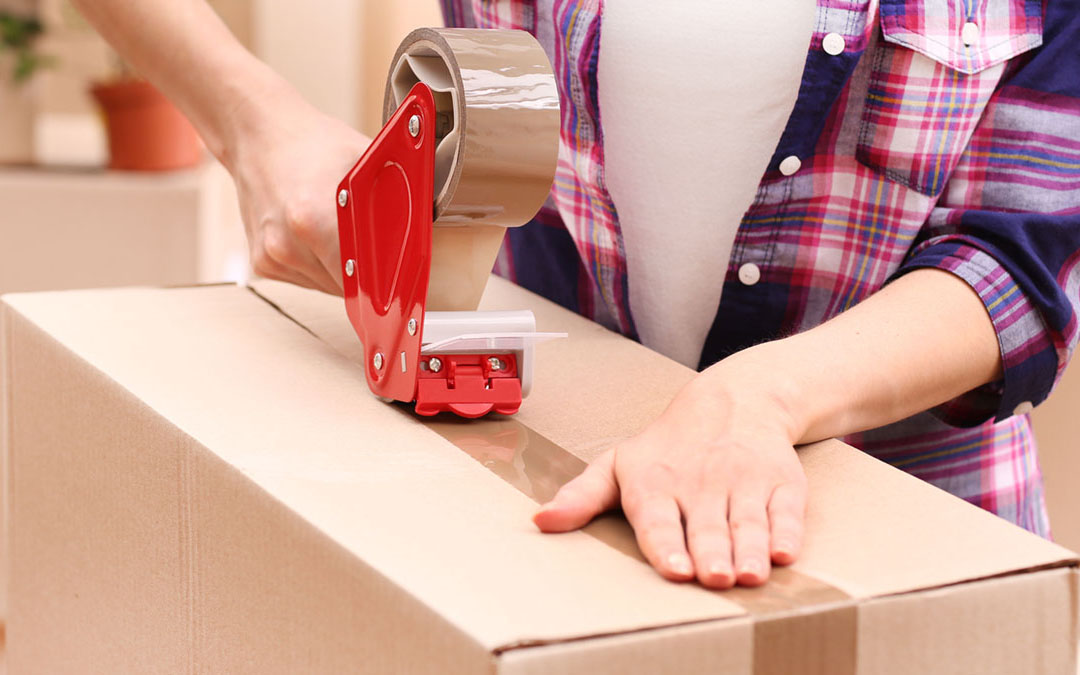Understanding Corrugated Boxes: Materials Engineering Insights for Students
Corrugated boxes are ubiquitous in our daily lives, serving as the primary material for packaging and shipping goods worldwide. From the cereal box on your breakfast table to the large shipping box delivered to your doorstep, corrugated boxes play a crucial role in the logistics and retail industries. Understanding the science behind these boxes involves diving into materials engineering, a field that combines chemistry, physics, and engineering to design materials with specific properties and functions. This article will explore the materials engineering principles behind corrugated boxes, shedding light on why they are the preferred choice for shipping and packaging.
Structure of Corrugated Boxes
Corrugated boxes are made from corrugated fiberboard, which consists of three main components:

Liners: The flat outer surfaces.
Fluting: The wavy, corrugated layer sandwiched between the liners.
The unique structure of corrugated fiberboard provides several key advantages:
Strength and Durability: The fluted layer creates a series of arches that act like a bridge, distributing weight evenly across the surface of the box. This design allows corrugated boxes to support heavy loads without collapsing. If you need reliable packaging solutions, you can buy shipping boxes online to take advantage of this sturdy design.
Lightweight: Despite their strength, corrugated boxes are lightweight, making them easy to handle and reducing shipping costs.
Shock Absorption: The fluted layer acts as a cushion, protecting the contents of the box from impacts and vibrations during transit.
Materials Used in Corrugated Boxes
The primary material used in corrugated boxes is paperboard, which is derived from wood pulp. The production process involves several steps:
Pulping: Wood chips are chemically or mechanically processed to separate cellulose fibers.
Papermaking: The cellulose fibers are formed into sheets, which are then dried and rolled into large reels of paperboard.

Corrugating: The paperboard is fed through corrugating machines, where one layer is fluted and then glued between two liner layers to create the corrugated fiberboard.
The type of paperboard used can vary, affecting the properties of the final product. Common types include:
Kraft Paper: Known for its strength and durability, kraft paper is often used for the outer liners of corrugated boxes.
Test Liner: Made from recycled fibers, test liners are more cost-effective and environmentally friendly, though they may be less strong than kraft paper. The science of recycling ensures that these materials are reused efficiently, contributing to both cost savings and environmental benefits.
Engineering Considerations
When designing corrugated boxes, materials engineers must consider several factors to ensure optimal performance:
Edge Crush Test (ECT): This test measures the strength of the corrugated board by assessing how much pressure it can withstand before collapsing. Higher ECT values indicate stronger material.
Burst Strength: This measures the resistance of the corrugated board to puncture or rupture. It's crucial for determining the box's ability to protect its contents from sharp objects.
Moisture Resistance: Exposure to moisture can weaken corrugated boxes. Engineers can add coatings or treatments to enhance water resistance, ensuring the boxes maintain their integrity even in humid conditions.
Environmental Impact and Sustainability
Sustainability is a critical aspect of materials engineering, especially in the packaging industry. Corrugated boxes are highly recyclable, with a recycling rate of over 90% in many regions. Recycled fibers can be used to produce new corrugated boards, reducing the demand for virgin materials and minimizing environmental impact. Additionally, innovations in biodegradable coatings and adhesives are making corrugated boxes even more eco-friendly.
Buying Shipping Boxes Online
For businesses and individuals looking to buy shipping boxes online, it's essential to consider the specific requirements of their packaging needs. Online retailers offer a wide variety of corrugated boxes, ranging in size, strength, and design. When purchasing online, pay attention to product specifications such as ECT ratings and material composition to ensure you select the right box for your shipping needs.
Conclusion
The science behind corrugated boxes is a fascinating blend of materials engineering principles and practical considerations. By understanding the materials, structure, and engineering that go into these boxes, we can appreciate their role in modern logistics and packaging. Whether you are a student studying materials engineering or a business looking to buy shipping boxes online, this knowledge can help you make informed decisions and appreciate the innovation behind everyday objects.
Ideas, requests, problems regarding TWiki? Send feedback
